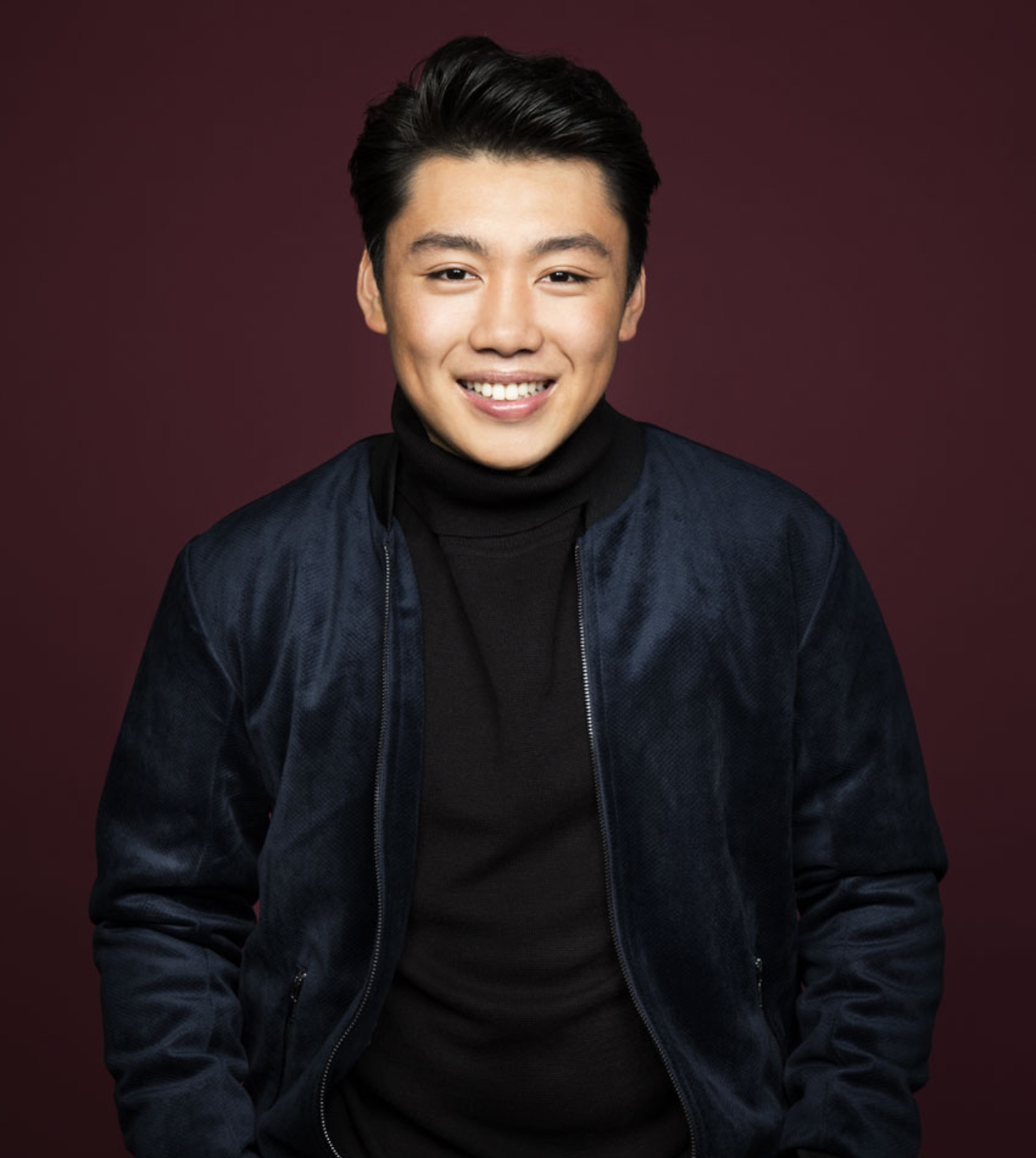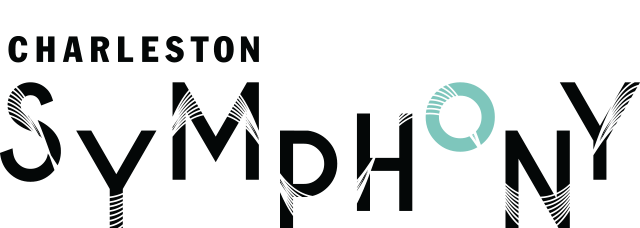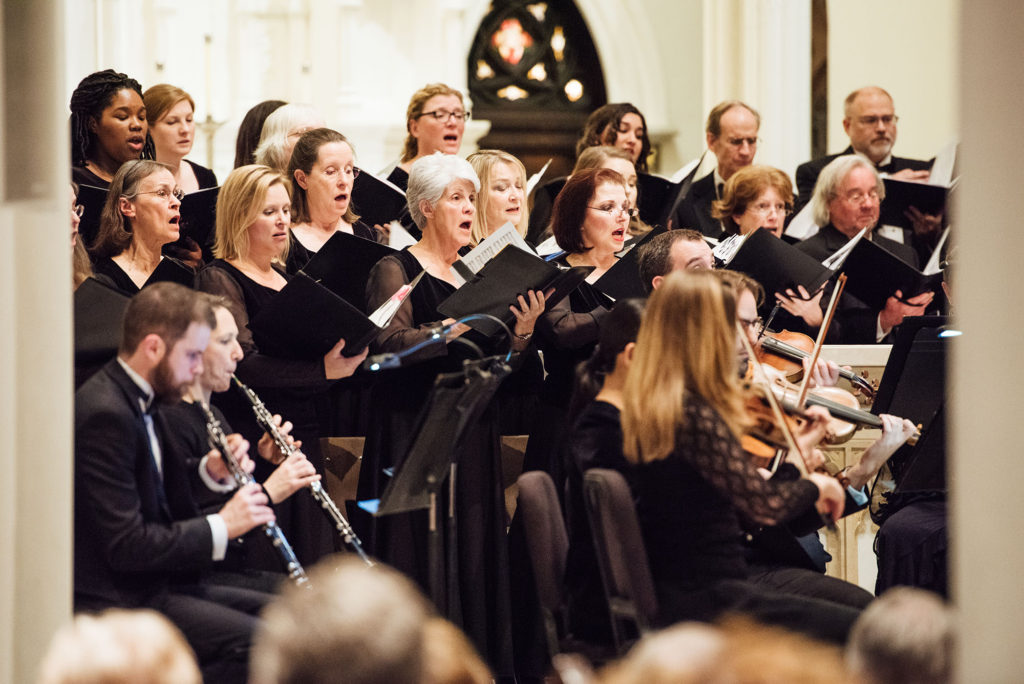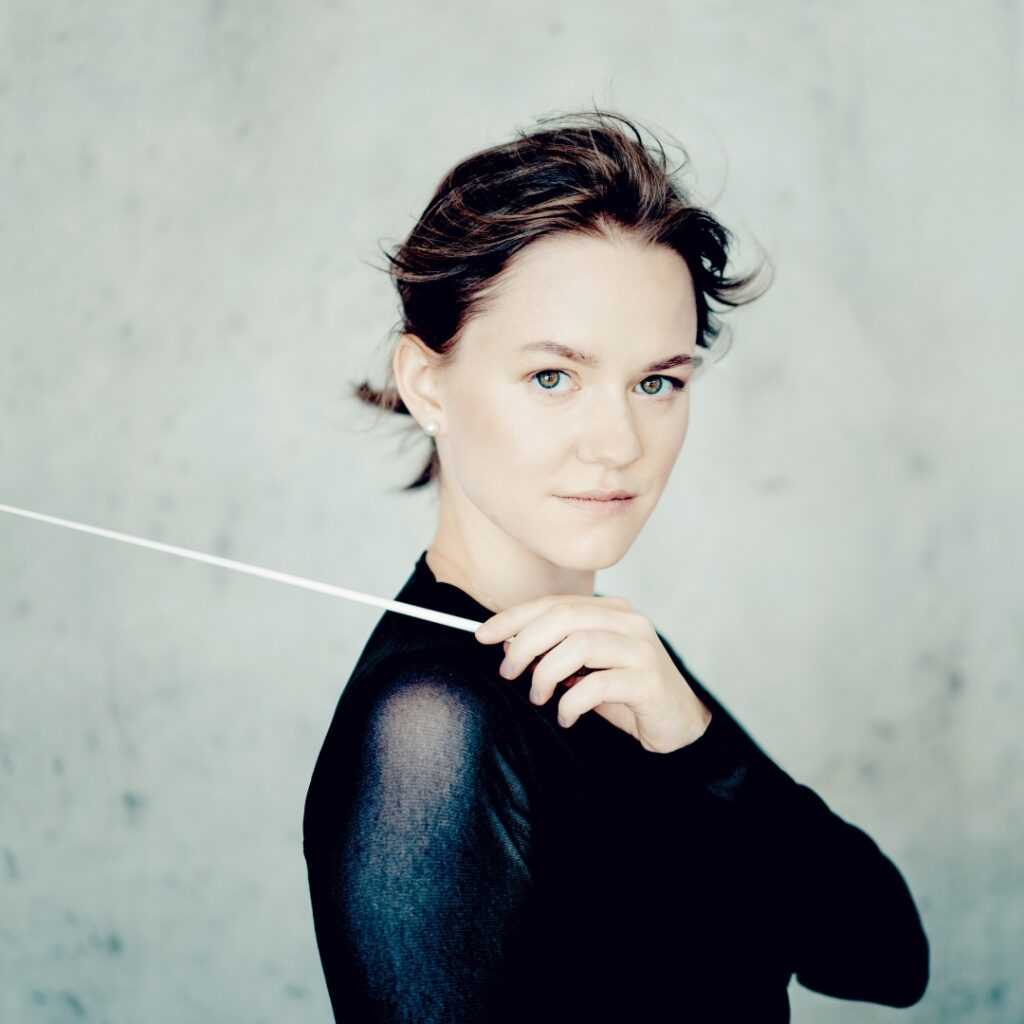

Beethoven’s 5th Symphony
On the heels of the Charleston Symphony’s historic Carnegie Hall debut, don’t miss our homecoming celebration!
Behold the brilliance in this program featuring Beethoven’s groundbreaking 5th Symphony and the incredible prize-winning pianist George Li performing Liszt’s Piano Concerto No. 1. The highly accomplished Multiple GRAMMY-winning conductor JoAnn Falletta, acclaimed by American Public Media as “a mighty figure on the global music scene,” returns to lead the CSO.
Beethoven’s 5th can be heard in everything from commercials to movies and even internet memes. At the time of its premiere in 1808, however, it broke the mold that had been cast by all previous symphonies. Whether you’ve heard it once or 1,000 times, this performance by your CSO is not to be missed! The orchestra will also be joined by members of the youth orchestra for Charlestonia as part of our annual Share the Stage performance.
Beethoven’s 5th Symphony with Conductor JoAnn Falletta
Franz Liszt performed and toured as a professional pianist for 27 years, accumulating and honing skills as a player that enabled him to become a talented composer, especially of works that challenge soloists. His First Piano Concerto, which he began concepting before his solo career halted, is a prime example. But it is not purely a virtuosic showpiece; it is a complex and powerful exchange between the piano and the entire orchestra.
Those four notes that open Beethoven’s Symphony No. 5 have become the most iconic in the history of music. The symphony in its entirety transcends time, withstands across generations, and remains a favorite of concertgoers — so much that it seems it always existed. Beethoven’s 5th is engrained in popular culture and it is relentlessly studied by musicians and scholars alike. At the time of its premiere in 1808, however, it broke the mold that had been cast by all symphonies before it; it was, like many of Beethoven’s compositions, revolutionary and trailblazing. It was an important work of its time, and its power and emotion survive with each listen.
MORE ON THE MUSIC & ARTISTS:
- Edmund Thornton Jenkins’ Charlestonia had its American premiere in 1996 with the CSO under Maestro David Stahl.
- Franz Liszt’s Piano Concerto No. 1 premiered on February 17, 1855, in Germany, with Hector Berlioz conducting and the composer as soloist.
- Did you know? Beethoven’s Fifth Symphony, First Movement was included on the “Golden Record” of NASA’s Voyager space probe? The recording, by the Philharmonia Orchestra with Otto Klemperer, conductor, remains a traveler through the depths of space!
- In 2019, JoAnn Falletta was named Performance Today’s first Classical Woman of The Year, calling her a “tireless champion,” and lauding her “unique combination of artistic authority and compassion, compelling musicianship and humanity. As Music Director of the Buffalo Philharmonic, Falletta became the first woman to lead a major American orchestra.
- George Li, who gave his first public performance at Boston’s Steinway Hall at the age of ten, was praised by the Washington Post for combining “staggering technical prowess, a sense of command and depth of expression.”
PROGRAM
Edmond Thornton Jenkins, orchestrated by Vincent Plush*
Charlestonia
Franz Liszt
Piano Concerto No. 1
- Allegro maestoso
- Quasi adagio – Allegretto vivace
- Allegro marziale animato
INTERMISSION
Ludwig van Beethoven
Symphony No. 5
- Allegro con brio
- Andante con moto
- Scherzo. Allegro
- Finale. Allegro
ARTISTS
JoAnn Falletta, Conductor
George Li, Piano
Charleston Symphony Youth Orchestra (Ryo Hasegawa, Conductor)
Charleston Symphony Youth Sinfonietta (Christine Arroyo, Conductor)
*With funds provided by the Avery Center for African American History and the League of Allied Arts, both Charleston-based institutions, [Vincent Plush] went to view the manuscript collection at Columbia College in Chicago in December 1995. With permission from the Jenkins Estate, I returned to Charleston with copies of the sketches for a short orchestral work called Charlestonia, subtitled variously, American Folk Rhapsody for Full Orchestra, No.1. The work was played with considerable success in Europe in the 1920s, but never in America. There is no surviving full score or set of parts; all that remain are a harp part and two piano reductions. The first of these, dated 30th July 1917, contains very few orchestral cues. The second, dated 10th August 1917, reveals more orchestral cues, but has an inconclusive ending. In preparing the work for modern performance, I retained the harp part and adhered to every orchestral cue in this second score; I fleshed out the harmony and orchestration and appended a new ending, based on Jenkins’s scribbled sketches. With funds provided by the DuBose and Dorothy Heyward Memorial Fund, a new score and set of parts was prepared for the premier modern-day performance given in Charleston by the Charleston Symphony Orchestra and their Music Director, David Stahl, on 4th October 1996. Several other works by Jenkins were played in Charleston that month, declared “Edmund Jenkins Homecoming Month” by mayoral decree.





